Lviv
Detail
Date of first edition: 1617
Date of this edition: 1625
Dimensions (not including margins): 28 x 51 cm
Condition: Mint. Sharp copper engraving printed on paper. Old coloured. Centre fold as published. Centre bottom small tear, professionally restored at verso. Wide margins.
Condition rating: A+
Verso: text in French
Map reference: Van der Krogt 4,2524; Taschen, Br. Hog., 484.
From: Théatre des Principales Villes de tout l’Univers Vol. VI. c. 1625. Van der Krogt 4,41:3.6.
In stock
Lviv commented by Braun
“Lviv is exceedingly well fortified with a double deep moat, a strong wall and many towers. It also has an imposing arsenal with all kinds of weaponry in it. In addition it is a very big trade city and has very noble and friendly burghers. The city has a Catholic archbishop and two others, Russian Orthodox and Armenian. There are also two castles, one of which is in the town, the other outside it on a high mountain.”
CARTOUCHE CENTRE: Lviv, capital of south Russia, famous trading centre for Oriental goods.
CARTOUCHE LEFT: Coat of arms of the city of Lviv, first granted by Sigismund in 1526.
CARTOUCHE RIGHT: Coat of arms of the city of Lviv, granted by Pope Sixtus in 1586.
Taschen on Lviv
The engraving shows a view of the city from the west with a range of hills in the background. The 14th-century Roman Catholic cathedral of the Assumption of the Blessed Virgin Mary stands out among the many church spires. On the right directly next to it is the Russian Orthodox cathedral of the Holy Cross. Exactly in the centre, with a high gable and a short tower, is the Armenian cathedral of St Mary, which dates from the 14th century. On a hill towering above the city is the High Castle. The foundation and name of the city go back to a castle built in the mid-13th century by Daniel of Galicia, for his son Lev (which means “lion” in Ukrainian). Lviv fell to Poland in 1340, was granted a municipal charter in 1356 by Casimir I and became the seat of an archbishop in 1412. As a trade city Lviv became a melting pot of many nationalities and at the same time an important centre of Polish culture. From 1772 to 1918 Lviv, called Lemberg in German, belonged to Austria-Hungary and was the capital of Galicia.
Full title: Leopolis Russiae Australis Urbs primaria emporium mercium Orientalium celeberrimum
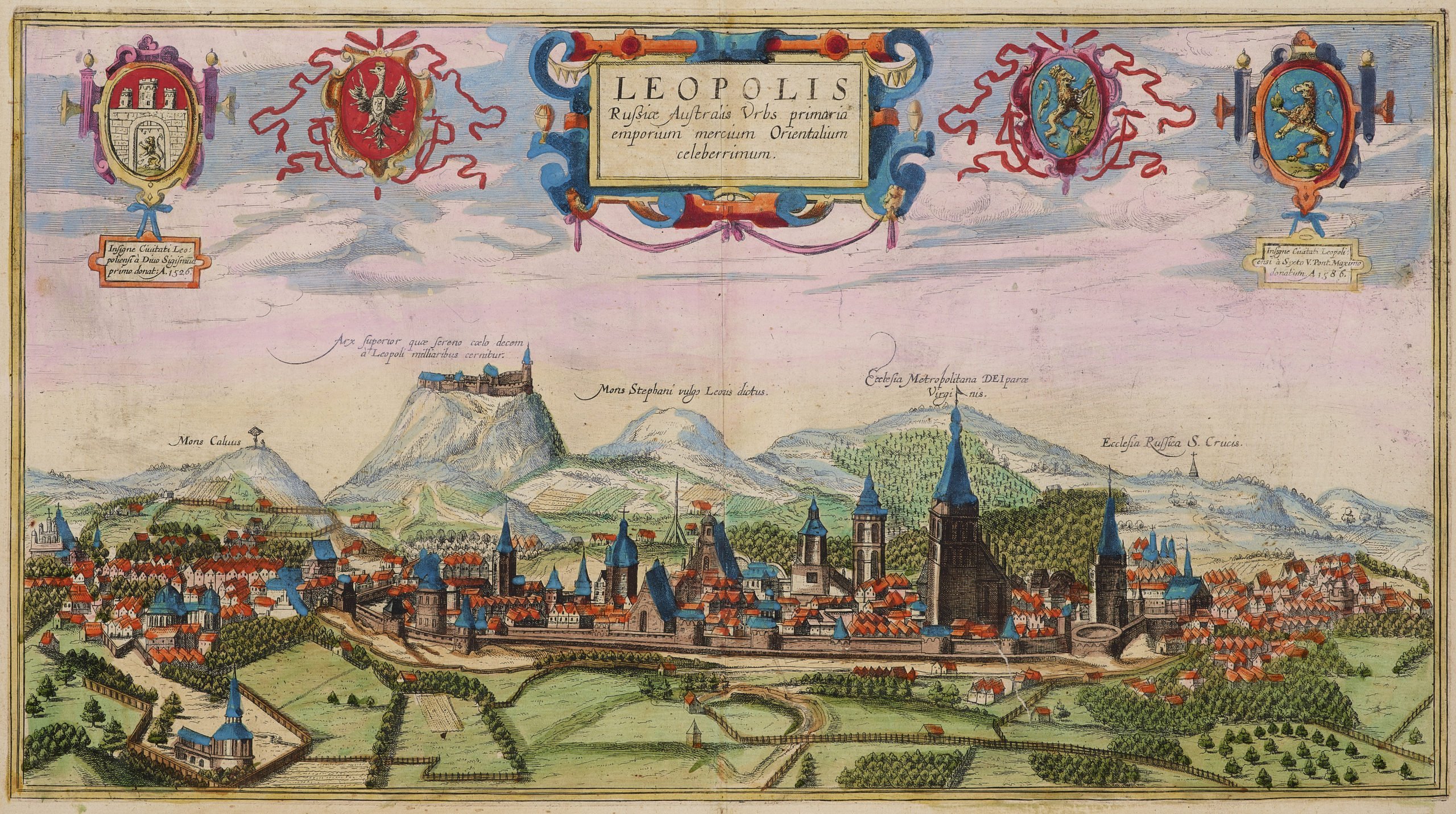
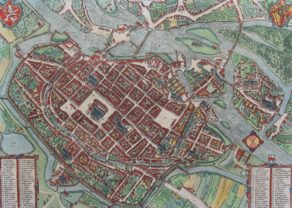
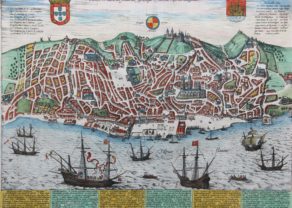
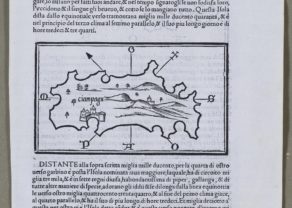
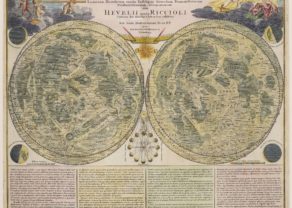
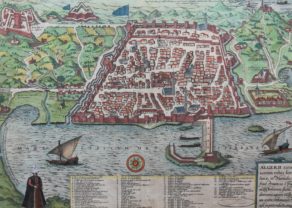
Lviv by Hogenberg
Lviv has know a very tumultuous and tragic history. Currently, it is the largest city in western Ukraine and the seventh-largest city in the country overall, with a population of 724,713 as of January 2019.
Germany invaded Poland on 1 September 1939 and by 14 September Lviv was completely encircled by German units. Subsequently (as part of the von Ribbentrop-Molotov Pact) , the Soviets invaded Poland on 17 September. On 22 September 1939 Lwów capitulated to the Red Army. The USSR annexed the eastern half of the Second Polish Republic with Ukrainian and Belorussian population. The city became the capital of the newly formed Lviv Oblast. Later its was reoccupied by the Nazis. Most of its ancient buildings were destroyed during WWII. Its population fell from 500.000 inhabitants in 1940 to approximately 150.000 in July 1944.
One notices, however, at the right front of the map the Tower of the Church of the Assumption.
The make-up of its ethnicity has undergone radical changes in the 20th century. Approximate ethical groups:
1900: Ukrainians: 20%; Poles: 50%; Jews: 27%; Russians 0%.
2001: Ukrainians 88%; Poles 0,8%; Jews 0,3%; Russians 9%.